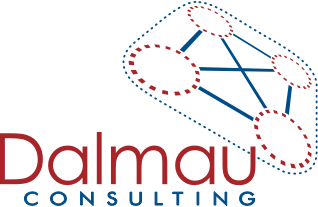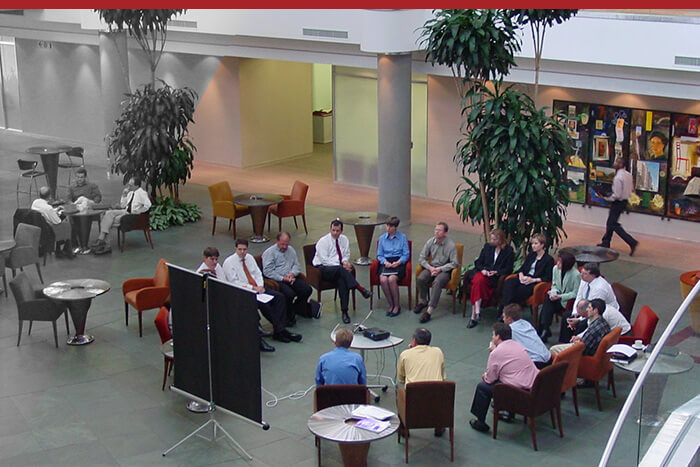Too often we just go through the motions in meetings and the conversations we have with our teams, especially those we have regularly.
Each time you get together is an opportunity to really engage, understand what is really going on for each other and build stronger relationships helping people enjoy work and get the most out of it – everyday!
This article and ones to follow will focus on short meetings or conversations that you have on a regular basis (eg. once a week) with your team (or crew).
It could be a meeting or conversation to
- check progress on work or projects that the team is carrying out
- about safety, – performance of the team in meeting targets
- about improving teamwork itself.
- as part of toolbox meeting
This same approach can be adapted to longer meetings or discussions.
4 steps to better conversations with your team
- Preparation
- Starting the conversation
- Guiding the conversation
- Concluding
Step 1: Preparation
- What do you want from the conversation (Outcomes)?
- Content and approach
- Where and when
Outcomes
What do you actually need to do or accomplish as a result of the conversation? (Rational outcome)
For example
- Share information
- Clarify expectations (rules etc)
- Make a decision with the group
- Gather views
How do you want the group to be as a result of the conversation? (Social outcomes)
For example
- Strengthen the connections between the people
- Build a shared understanding of what is expected of the group – performance, behaviour etc
How do you want the individuals in your crew/team to feel as a result of the conversation? (Emotional outcomes)
For example
- Everyone has had an opportunity to have their say
- People feel they have been listened to
- Know what is expected of the individual and feel clear about the priorities
What are you going to cover?
- Decide on topic ahead of time
- Write down the specific aspects or points that need to be covered
- Gather any other information /props relevant to the topic beforehand?
How best to approach this?
- Think of the last meeting and what went well and what didn’t go so well and think about one thing you might do to improve things this time (eg use a check-in, allow more time, managing someone who talks too much etc)
- Decide on
- The specific roles you might need your team members to play (Scribe, Presenter of a small piece of information eg summary of a safety procedure) and organize for them to be prepared for this ahead of time
- The need to invite anyone from outside the group
- The check-in statement / question
- 4 -6 questions that you are going to use to guide the conversation
Where and when
Often teams and especially crews in mining, construction or industrial settings do not have ideal meeting spaces, however, if at all possible the following features are really desirable as a minimum
- A quiet area where everyone can hear each other
- A circle of chairs, where everyone can see each other
- This creates a space for more free flowing interaction whereas a table can hinder or interrupt the flow
- A white board and/or flip chart
Even if you just have the sticky flip-chart pages slapped on a wall – this is vital. Remember ‘visuals’ stabilize a group and also assist in clearly setting out accountabilities
Timing
- Often teams / crews may have less flexibility due to production demands, but if at all possible choosing a time where people are fresh, and can focus without distraction.
Next time:
We will explore the next steps in more detail about how to have more meaningful conversations and meetings with you team.







